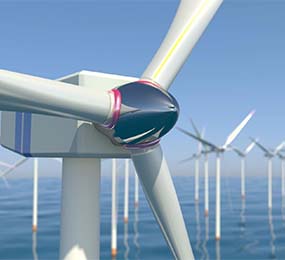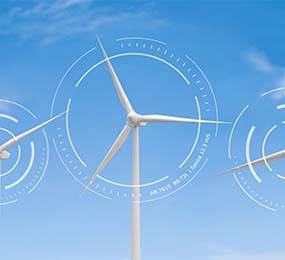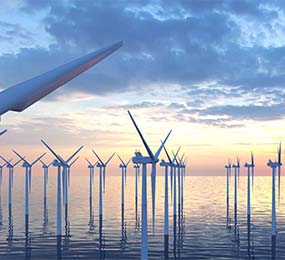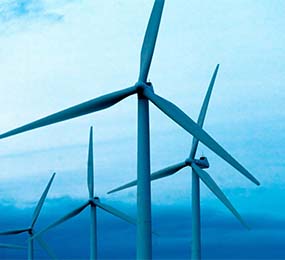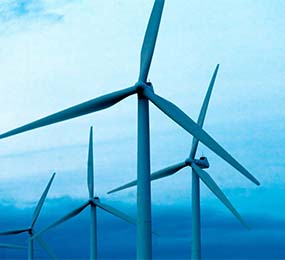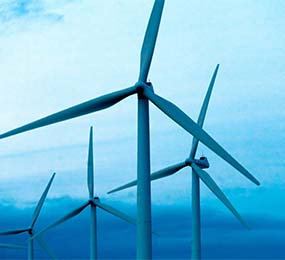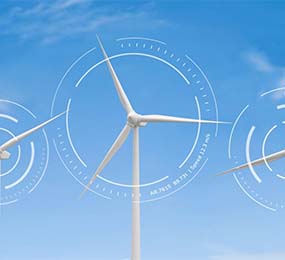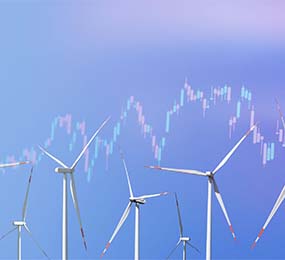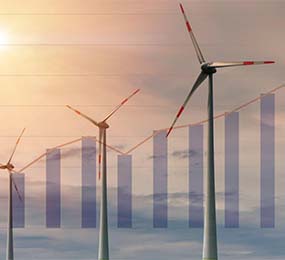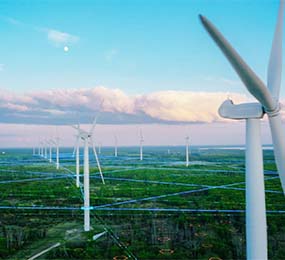Life Cycle Assessment of Wind Blades: Evaluating Environmental Impacts and Recycling Potential
Wind energy has gained significant attention as a clean and renewable source of power. Wind turbines play a crucial role in harnessing this energy, with wind blades being a vital component. As we strive for a more sustainable future, it becomes crucial to evaluate the environmental impacts of wind blades throughout their life cycle and explore their recycling potential.
A Life Cycle Assessment (LCA) provides a comprehensive framework to assess the environmental impacts associated with the production, use, and disposal of wind blades. This assessment considers various factors, including raw material extraction, manufacturing processes, transportation, installation, operation, maintenance, and end-of-life scenarios.
The production phase of wind blades involves the extraction and processing of raw materials, such as fiberglass, carbon fibers, and resins. These processes can contribute to energy consumption, greenhouse gas emissions, and other environmental impacts. By conducting an LCA, we can identify areas for improvement and explore more sustainable alternatives for materials and manufacturing techniques.
During the operational phase, wind blades generate clean and renewable energy. This phase has a minimal environmental impact, as wind energy is emission-free and reduces reliance on fossil fuel-based power generation. However, it is crucial to consider the energy requirements for maintenance and repair activities to obtain a comprehensive LCA result.
At the end of their service life, wind blades pose a challenge due to their size and composition. Disposal in landfills is not a sustainable option, as it leads to waste accumulation and potential environmental hazards. Therefore, recycling wind blades becomes imperative to reduce waste and maximize resource utilization.
The recycling potential of wind blades depends on the materials used in their construction. While fiberglass and carbon fibers have excellent strength-to-weight ratios, their recycling processes can be complex. However, advancements in recycling technologies are being made, and efforts are underway to develop efficient and economically viable methods for wind blade recycling.
Incorporating circular economy principles, wind blade recycling can provide numerous environmental benefits. It reduces the demand for virgin raw materials, conserves energy, and minimizes waste generation. Additionally, the recovered materials can be used in other industries, further promoting resource efficiency and sustainability.
Collaboration among stakeholders is crucial for the successful implementation of wind blade recycling programs. Manufacturers, researchers, policymakers, and waste management companies must work together to develop standardized recycling processes, improve material design for recyclability, and establish recycling infrastructure.
In conclusion, conducting a Life Cycle Assessment of wind blades is essential for understanding their environmental impacts and identifying opportunities for improvement. By optimizing the production phase, promoting efficient use during operation, and developing effective recycling strategies, we can minimize the environmental footprint of wind blades. Embracing sustainable practices throughout the life cycle of wind blades will contribute to the growth of renewable energy and a more sustainable future for generations to come.
Visit our website to know more: https://www.leadventgrp.com/events/2nd-annual-wind-blade-materials-and-recycling-forum/details
For more information and group participation, contact us: [email protected]
Leadvent Group - Industry Leading Events for Business Leaders!
www.leadventgrp.com| [email protected]


